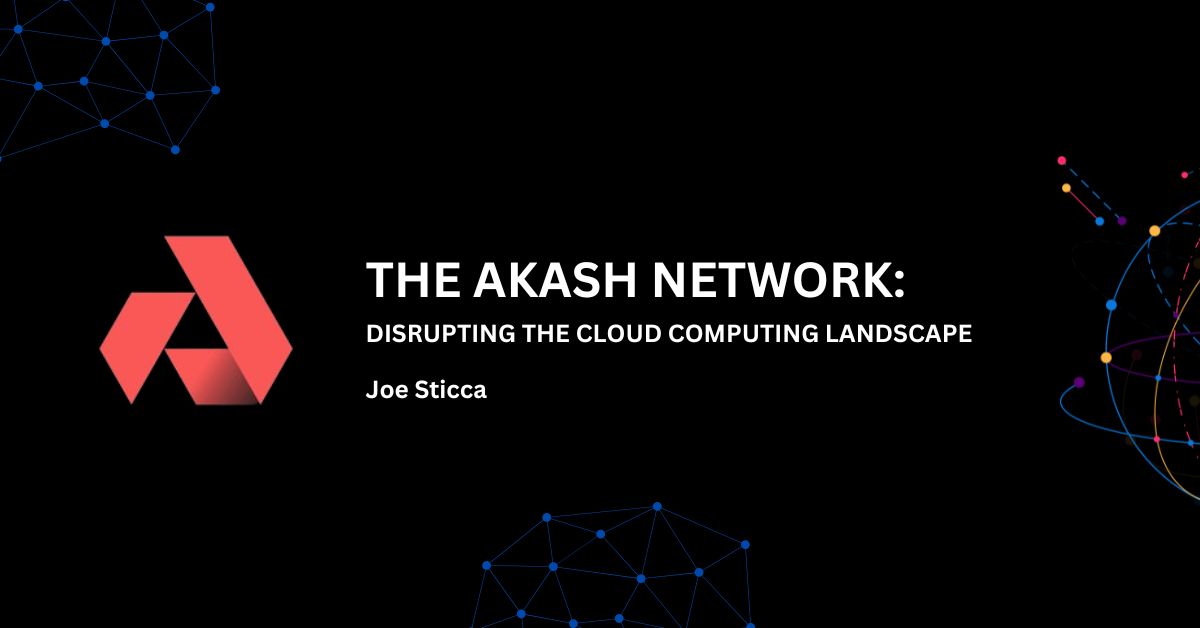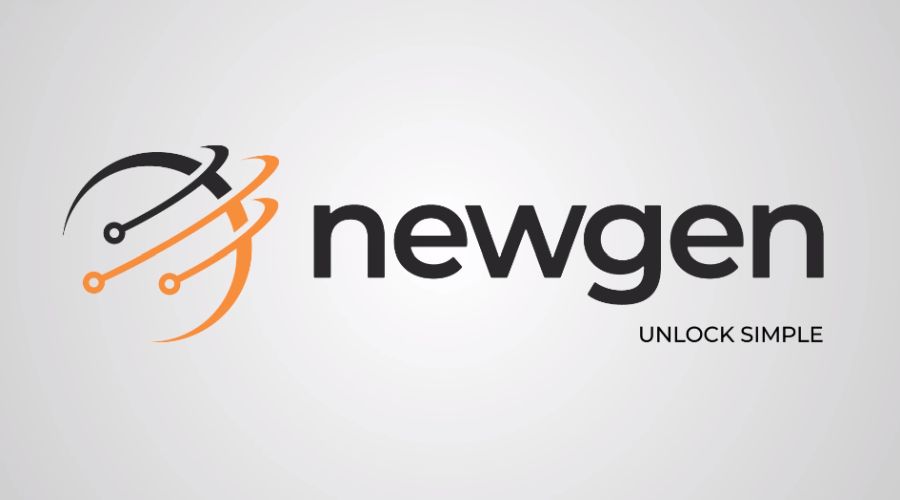Cloud computing has become the backbone of the digital age, powering everything from streaming services to AI development. However, the market is dominated by a few major players — Amazon (AWS), Google (GCP), and Microsoft (Azure) — which collectively hold over 60% of the market share. Enter Akash Network: a decentralized cloud computing marketplace that has captured the attention of Web3 enthusiasts. Despite being a relative newcomer, Akash is seen by many as the potential “Airbnb of cloud computing,” leveraging underutilized infrastructure to offer cost-effective and permissionless cloud solutions.
But how does Akash compare to the established cloud giants? Can it compete in a market where economies of scale dominate? And why is it particularly suited for the Web3 ecosystem? Let’s delve into the details.
What is Akash Network?
Akash Network is a decentralized, open-source cloud computing marketplace. Much like Airbnb connects travelers with property owners, Akash connects developers with providers who have surplus cloud computing resources. By tapping into a global network of nearly 8 million underutilized data centers, Akash offers a censorship-resistant and permissionless platform for hosting and managing applications.
Core Features of Akash Network:
- Decentralization: Unlike traditional cloud providers, Akash operates without centralized control, aligning with Web3’s ethos of decentralization.
- Cost Efficiency: Akash’s reverse auction model allows developers to pay significantly less compared to AWS, GCP, and Azure.
- Permissionless Access: Developers can deploy applications without the risk of being censored or deplatformed.
- Containerization: Akash leverages containers, ensuring that applications run consistently across different environments.
Why Akash Matters in the Web3 Ecosystem
Web3 is built on the principles of decentralization and permissionless innovation. However, a staggering 50% of Ethereum nodes, along with many decentralized applications (dApps), rely on centralized providers like AWS. This dependence creates a single point of failure and exposes Web3 projects to risks of censorship and deplatforming.
Akash addresses these concerns by offering a decentralized alternative. Notable Web3 projects such as Osmosis, Stargaze, and Rango Exchange have already integrated Akash into their ecosystems. By doing so, they align their infrastructure with their philosophical principles, ensuring resilience and sovereignty.
How Akash Compares to the Cloud Giants
Centralization vs. Decentralization
AWS, GCP, and Azure operate as centralized entities, giving them ultimate control over their platforms. While these giants offer reliability and advanced tools, their centralized nature has led to instances of censorship and deplatforming, such as AWS’s removal of Parler in 2021.
In contrast, Akash’s decentralized model empowers users with control. Deployments on Akash cannot be unilaterally taken down, making it an attractive option for projects prioritizing sovereignty.
Cost Comparison
One of Akash’s standout features is its cost advantage. Cloud infrastructure costs can range from $500,000 to $12 million annually for companies, especially those in AI and machine learning. Akash’s pricing is significantly lower:
| Specification | Akash | AWS | GCP | Azure | Cost Reduction (%) |
| 1 vCPU, 1GB RAM, 1GB Disk | $5/month | $32/month | $30/month | $28/month | ~83% |
| 4 vCPUs, 16GB RAM, 100GB Disk | $40/month | $120/month | $110/month | $100/month | ~67% |
| 8 vCPUs, 32GB RAM, 500GB Disk | $100/month | $300/month | $290/month | $280/month | ~66% |
Ecosystem and Tools
The Big 3 cloud providers boast comprehensive ecosystems with tools for AI, machine learning, and software development. While Akash currently lacks such an extensive suite, its focus on core cloud services and partnerships with Web3 projects positions it as a strong alternative for specific use cases.
Challenges and Limitations of Akash
- Limited Feature Set: Akash does not yet match the full range of services offered by AWS, GCP, or Azure. This can be a dealbreaker for enterprises requiring advanced tools.
- Adoption Curve: Decentralized platforms often face a steeper learning curve. While Akash is working to improve its user experience, it must overcome the inertia of developers accustomed to traditional platforms.
- Hardware Centralization: Although Akash decentralizes cloud services, the hardware it relies on is still subject to global supply chain centralization, especially for GPUs and high-performance chips.
Akash and AI: The “Supercloud” Initiative
With the rise of AI and machine learning, the demand for high-performance GPUs has skyrocketed. Akash’s Mainnet 6 upgrade introduced support for GPU resources, positioning it as an “AI Supercloud.”
| GPU Model | Performance (FP64 FLOPS) | Availability on Akash |
| NVIDIA H100 | 78x NVIDIA 3090 equivalent | Available |
| NVIDIA A100 | Industry-leading for ML/AI | Available |
| NVIDIA V100 | Versatile for AI tasks | Available |
This move not only broadens Akash’s appeal but also provides a decentralized alternative to AI developers who previously relied on centralized cloud giants.
Conclusion: Is Akash the Underdog to Watch?
Akash Network is still in its early stages, but its potential to disrupt the cloud computing industry is evident. By leveraging decentralization, competitive pricing, and a focus on Web3 and AI markets, Akash is carving out a unique niche. While it may not dethrone AWS, GCP, or Azure anytime soon, it serves as a critical alternative for developers seeking cost-effective, sovereign, and decentralized solutions.
As the demand for cloud computing continues to grow—driven by AI, IoT, and Web3—Akash’s decentralized model could prove to be a game-changer. Its success will depend on its ability to scale, enhance its feature set, and educate users about the benefits of decentralized cloud computing.
In a world increasingly wary of centralization, Akash stands as a beacon of what the future of cloud computing could look like: decentralized, permissionless, and accessible to all.






